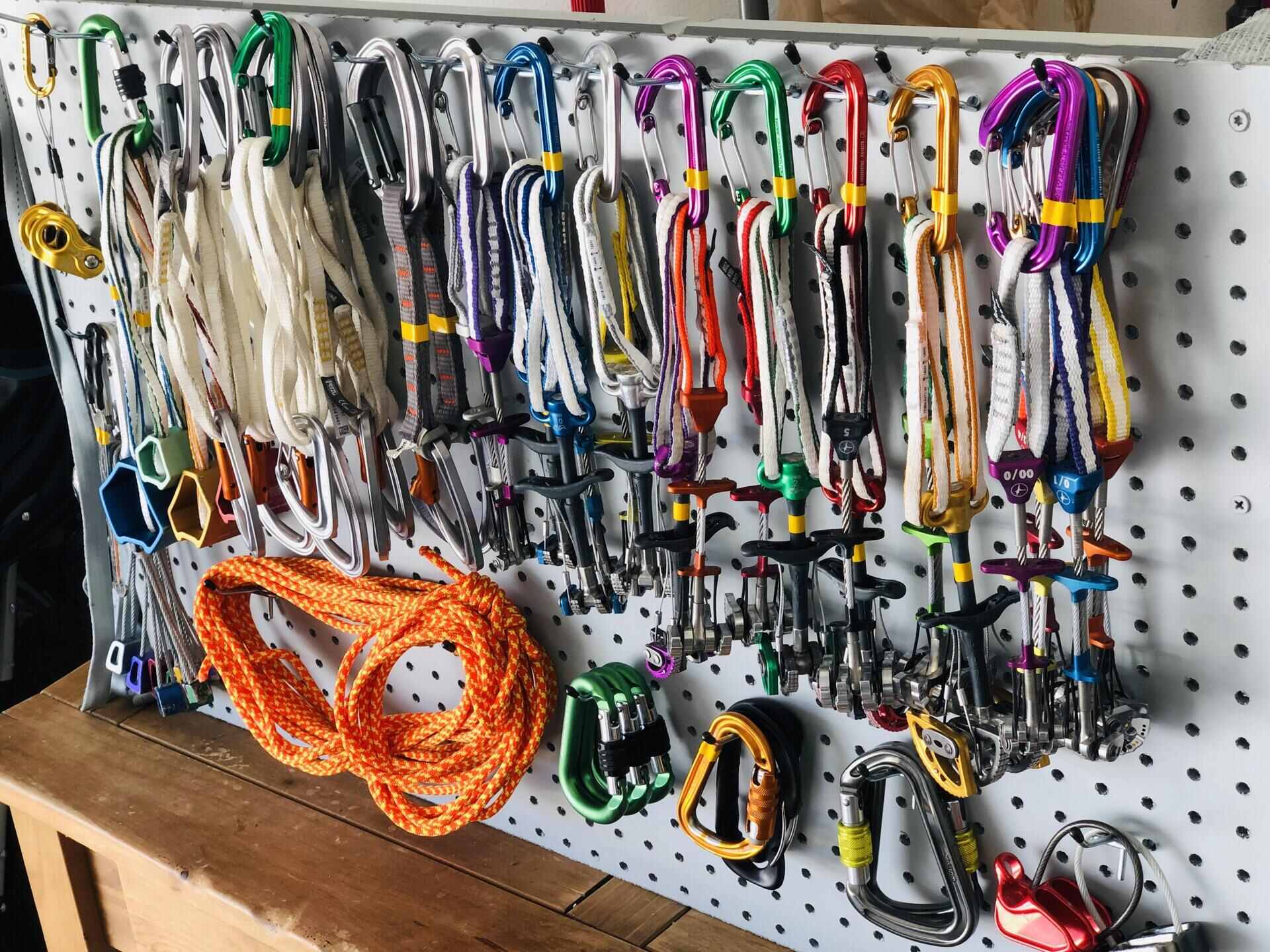

Articles
How To Store Climbing Gear
Modified: April 22, 2024
Learn the best methods and tips for storing your climbing gear in this comprehensive collection of articles.
(Many of the links in this article redirect to a specific reviewed product. Your purchase of these products through affiliate links helps to generate commission for Storables.com, at no extra cost. Learn more)
Introduction
Welcome to the world of climbing! Whether you’re a seasoned climber or just getting started, one thing is for certain: taking proper care of your climbing gear is essential for both performance and safety. Storing climbing gear correctly not only helps prolong its lifespan but also ensures that it remains in optimal condition for your next adventure.
In this article, we will explore the best practices for storing your climbing gear. From cleaning and drying your equipment to organizing and storing different types of gear, we will cover all the important aspects of gear storage. So let’s get started on ensuring that your climbing gear remains in top-notch shape!
Key Takeaways:
- Properly storing climbing gear is crucial for maintaining performance and safety. From cleaning and drying to organizing and inspecting, each step ensures gear longevity and functionality.
- Regularly inspect and replace damaged gear to prioritize safety. Proper storage and maintenance maximize gear lifespan, allowing for confident and enjoyable climbing experiences.
Read more: How To Store Backpacking Gear
Cleaning and Drying Gear after Use
After every climbing session, it is crucial to clean and dry your gear thoroughly before storing it. Dirt, dust, and moisture can degrade the performance and durability of your equipment over time. Here are some tips for cleaning and drying your gear:
- Start by inspecting your gear for any visible dirt or debris. Use a soft brush or sponge and mild detergent to gently clean the surface of the gear.
- Rinse the gear thoroughly with water to remove any soap residue.
- Allow the gear to air dry in a well-ventilated area, away from direct sunlight. Avoid using heat sources such as heaters or hair dryers, as they may damage certain materials.
- Ensure that all gear is completely dry before storing it to prevent the growth of mold or mildew.
Organizing and Storing Climbing Ropes
Your climbing rope is one of the most critical pieces of gear, and proper storage is essential for maintaining its strength and flexibility. Here’s how to store your climbing rope:
- Before storing, ensure that the rope is clean and dry. Remove any knots or twists.
- Use a rope bag or a rope tarp to protect the rope from dirt and UV rays.
- Avoid storing the rope in direct sunlight or extreme temperatures, as these can weaken the rope fibers.
- Store the rope in a cool, dry, and well-ventilated area. Avoid compressing the rope, as this can cause damage and affect its performance.
- Regularly inspect the rope for any signs of wear and tear and replace it if necessary.
Properly Packing and Storing Harnesses
Your climbing harness plays a crucial role in your safety, and storing it properly is essential for its longevity. Here’s how to pack and store your climbing harness:
- Before storing, check for any dirt or debris on the harness and clean it using a damp cloth or a mild detergent if needed.
- Make sure the harness is completely dry before packing it.
- Fold the waist belt and leg loops neatly and secure them with a twist tie or a rubber band to prevent tangling.
- Store the harness in a cool, dry place, away from direct sunlight or extreme temperatures.
- Regularly inspect the harness for any signs of damage, such as frayed webbing or worn stitching, and replace it if necessary.
By following these guidelines, you can ensure that your harness remains in excellent condition and ready for your next climb.
Key Takeaways:
- Properly storing climbing gear is crucial for maintaining performance and safety. From cleaning and drying to organizing and inspecting, each step ensures gear longevity and functionality.
- Regularly inspect and replace damaged gear to prioritize safety. Proper storage and maintenance maximize gear lifespan, allowing for confident and enjoyable climbing experiences.
Read more: How To Store Backpacking Gear
Cleaning and Drying Gear after Use
After every climbing session, it is essential to clean and dry your gear thoroughly before storing it. Proper cleaning and drying not only help maintain the performance of your gear but also prevent the buildup of dirt, sweat, and moisture that can lead to damage or deterioration over time.
Here are some key steps to follow when cleaning and drying your climbing gear:
- Inspection: Begin by inspecting each piece of gear for any visible dirt, debris, or damage. Check carabiners, cams, nuts, and other hardware for any signs of wear or malfunction. Pay close attention to ropes for frayed or worn areas. It’s important to identify and address any issues before proceeding with the cleaning process.
- Gentle Cleaning: Use a soft brush or sponge and mild detergent to gently clean the surface of all gear, including harnesses, carabiners, and protection devices. Scrubbing too vigorously can cause damage, so take care to be gentle and thorough. Rinse the gear thoroughly with clean water to remove any soap residue.
- Rope Care: Cleaning your climbing rope requires special attention. Fill a bathtub or large container with lukewarm water and a rope-friendly detergent. Submerge the rope and gently agitate it to remove dirt and grime. Rinse the rope several times until the water runs clear. Be sure to avoid using harsh chemicals or bleach, as these can weaken the rope fibers.
- Drying: After cleaning, allow all gear to air dry naturally in a well-ventilated area. Avoid exposing the gear to direct sunlight, extreme heat, or artificial sources of heat, as this can cause damage. Hang ropes or lay them flat in a clean and dry area, ensuring that they are not twisted or tangled. For other gear, such as harnesses and hardware, place them in a location where they can dry thoroughly.
It’s important to note that proper drying is essential to prevent the growth of mold, mildew, and bacterial contamination. Ensure that all gear, particularly ropes and harnesses, is completely dry before storing it away.
Regular cleaning and drying not only help maintain the integrity of your gear but also allow you to notice any signs of wear or damage that may require repair or replacement. By taking the time to clean and dry your climbing gear after each use, you are investing in its longevity and ensuring that it performs optimally when you need it most.
Organizing and Storing Climbing Ropes
Properly organizing and storing your climbing ropes is crucial for maintaining their strength, flexibility, and overall performance. A well-organized rope not only extends its lifespan but also ensures that it is ready for use whenever you need it. Here are some essential tips for organizing and storing your climbing ropes:
- Clean and Dry: Before storing your climbing rope, make sure it is clean and dry. As mentioned earlier, cleaning and drying the rope after each use is vital to prevent dirt buildup and maintain its integrity. So, before storing the rope, give it a thorough inspection and cleaning.
- Coiling the Rope: Start by coiling your rope properly. Lay your rope out straight and then coil it in a loose manner, making sure not to create any tight bends or kinks. The preferred method is the butterfly coil or the mountaineer’s coil. These methods help prevent tangles and twists when it comes time to use the rope again.
- Protective Bag or Tarp: Using a rope bag or a rope tarp is highly recommended to protect your rope from dirt, UV rays, and other potential damage. Rope bags are designed specifically for this purpose and often have features like a built-in ground sheet, handles for easy carrying, and a sturdy closure system. Rope tarps are also a great option and can be easily transported in your climbing pack.
- Storage: Choose a storage area that is cool, dry, and well-ventilated to avoid moisture buildup. Extreme temperatures and humidity can degrade the strength and durability of your rope over time. Additionally, keep the rope away from direct sunlight, as UV rays can weaken the rope fibers. Hanging the rope on a hook or coiling it in a dedicated rope bag are both suitable storage methods.
- Regular Inspection: Regularly inspect your climbing rope for any signs of wear and tear. Look for frayed strands, cuts, or any other damage that could compromise the rope’s integrity. If you notice any issues, it’s essential to address them promptly. Minor damage can sometimes be repaired, but if the rope has significant damage, it may need to be retired and replaced.
By following these guidelines, you can ensure that your climbing ropes remain in optimal condition and ready for your next adventure. Properly organizing and storing your ropes not only extends their lifespan but also contributes to your overall safety and enjoyment while climbing. Remember, a well-cared-for rope is a reliable lifeline in the vertical world.
Properly Packing and Storing Harnesses
A climbing harness is one of the most important pieces of gear you will use when climbing. It is crucial to pack and store your harness properly to ensure its longevity and functionality. Follow these guidelines to keep your harness in optimal condition:
- Cleaning: Before packing your harness, inspect it for any dirt, debris, or sweat. Use a damp cloth or sponge and a mild detergent (if necessary) to clean the harness. Be gentle to avoid damaging the material. Rinse off any soap residue and allow the harness to air dry fully.
- Folding: Once the harness is dry, fold it neatly to prevent tangling and preserve its shape. Start by folding the waist belt in half, ensuring that any buckles or adjusters are placed flat against the fabric. Fold the leg loops over the waist belt and secure them in place using a small piece of tape or a rubber band. Avoid folding the harness too tightly, as this can cause creases that may affect its comfort and fit.
- Storage: Find a cool, dry place to store your harness. Avoid places with excessive heat or moisture, as they can damage the fabric and weaken the integrity of the harness. Hanging the harness on a sturdy hook or placing it in a ventilated gear bag are both suitable storage options. Ensure that it is protected from sunlight and sharp objects that could damage the material.
- Regular Inspection: Regularly inspect your harness for any signs of wear and tear. Check the stitching, webbing, and buckles for any fraying, abrasions, or damage. Pay close attention to high-stress areas like tie-in points and belay loops. If you notice any significant damage or signs of weakness, it is important to retire the harness and replace it.
Properly packing and storing your harness not only keeps it in good condition but also helps maintain its fit and functionality. Always ensure that your harness is clean, dry, and free from any potential hazards before using it for climbing. Remember, your harness is a crucial component of your safety system, so taking good care of it is essential for enjoyable and safe climbing experiences.
Storing Climbing Shoes
Climbing shoes are a vital part of any climber’s gear. Properly storing your climbing shoes will help extend their lifespan and maintain their performance. Here are some key tips for storing your climbing shoes:
- Cleaning: Before storing your climbing shoes, it’s important to clean them. Brush off any dirt or debris with a soft brush or cloth. If your shoes have an odor, consider using a shoe deodorizer or stuffing them with newspaper to absorb moisture and reduce smell.
- Drying: Make sure your climbing shoes are completely dry before storing them. Moisture can lead to the growth of bacteria and mold, which can degrade the shoe material and create an unpleasant odor. After each climbing session, remove any excess moisture by towel-drying or using a fan.
- Proper ventilation: It’s crucial to store your climbing shoes in a well-ventilated area. Avoid storing them in a closed bag or a damp environment, as this can promote the growth of bacteria and cause the shoes to deteriorate. Use a shoe rack or a shoe container with ventilation holes to allow air circulation.
- Avoid direct sunlight: Exposure to direct sunlight can cause the rubber on climbing shoes to degrade faster. Store your shoes in a shaded area or use a shoe bag to protect them from UV rays. Excessive heat can also affect the glue that holds the shoe together, so avoid storing them near heat sources.
- Keep them out of extreme temperatures: Extreme heat or cold can damage climbing shoe materials. Avoid storing them in places with high temperatures, such as the trunk of a car during hot summer days or in freezing environments.
- Do not compress: Avoid compressing or folding your climbing shoes for prolonged periods. This can change the shape of the shoe and affect its performance. Store them in a way that preserves their natural shape, such as leaving them in an upright position or using shoe trees.
- Regular inspection: Regularly inspect your climbing shoes for any signs of wear and tear. Check for any loose stitches, delamination, or worn-out soles. If you notice significant damage, it may be time to consider replacing your shoes.
By following these guidelines, you can ensure that your climbing shoes stay in excellent condition and are ready for your next climbing adventure. Proper storage and maintenance play a vital role in preserving the performance and longevity of your climbing shoes, allowing you to climb with confidence and comfort.
Store climbing gear in a cool, dry place away from direct sunlight to prevent damage from UV rays. Hang harnesses and slings to maintain their shape and store ropes coiled in a rope bag to prevent tangling.
Hanging and Storing Carabiners and Quickdraws
Carabiners and quickdraws are essential components of a climber’s gear and must be stored properly to ensure their longevity and functionality. Here are some important tips for hanging and storing your carabiners and quickdraws:
- Clean and dry: Before storing your carabiners and quickdraws, it’s important to clean them. Use a soft brush or cloth to remove any dirt or debris. You can also use a mild detergent if needed. Rinse them thoroughly with water and ensure they are completely dry before storage to prevent corrosion.
- Organize: Consider organizing your carabiners and quickdraws by size or type. This will make it easier to find the specific gear you need for each climbing session. You can use carabiner racks, gear slings, or even simple hooks to hang and organize them.
- Hanging: Hang your carabiners and quickdraws to prevent them from tangling or getting damaged. You can use a carabiner rack, a pegboard, or hooks attached to a wall or board. Make sure the hanging location is well-ventilated and away from excessive heat or moisture to avoid rust or corrosion.
- Clip management: When hanging quickdraws, make sure to secure the rope end of each quickdraw to the biner on the other end. This will prevent accidental unclipping and keep the quickdraws organized. You can use a rubber band or a piece of string to secure each set of quickdraws together.
- Regular inspection: Regularly inspect your carabiners and quickdraws for any signs of wear, such as sharp edges, bent gates, or worn-out gate springs. If you notice any damaged or compromised gear, it’s important to retire and replace them to ensure your safety while climbing.
- Transportation: If you need to transport your carabiners and quickdraws, make sure to pack them in a suitable container or bag designed for gear storage. This will protect them from external factors and prevent them from getting damaged during transit.
By following these guidelines, you can ensure that your carabiners and quickdraws remain in top condition and ready for use whenever you need them. Proper storage and maintenance of your climbing gear not only prolong their lifespan but also contribute to your safety and peace of mind while climbing.
Read more: How To Store Hunting Gear
Storing Climbing Protection (Cams, Nuts, etc.)
Climbing protection, such as cams, nuts, and other devices, are crucial for safeguarding your climbs. Proper storage and care of these items are essential for maintaining their functionality and longevity. Here are some tips for storing your climbing protection:
- Cleaning: Before storing your climbing protection, it’s important to clean each piece thoroughly. Remove any dirt, sand, or debris from the devices using a soft brush or cloth. You can also use a mild detergent if necessary. Rinse them with water and ensure they are completely dry.
- Inspecting: As you clean your climbing protection, inspect them for any signs of damage or wear. Check for frayed cables, bent stems, or any other issues that could compromise their integrity. If you notice any significant damage, it may be time to retire and replace those pieces.
- Organize and sort: Sort your climbing protection by size or type to make it easier to find the right one when you need it. You can use gear bins, gear slings, or specialized storage containers designed for climbing protection. Consider labeling or color-coding your gear for even easier identification.
- Carabiner storage: Attach carabiners to your cams or nuts during storage. This helps keep everything organized and prevents tangles. Make sure the carabiners are clean and dry before attaching them to the devices.
- Protective cases: Consider using protective cases for your climbing protection to prevent damage during transport and storage. Many manufacturers offer specialized cases or pouches that provide additional protection.
- Proper spacing: Give each piece of climbing protection enough space to avoid any unnecessary pressure or deformation. This will help maintain the shape and functionality of the gear. Avoid stacking heavy items on top of protection devices.
- Storage location: Store your climbing protection in a cool, dry, and well-ventilated area. Extreme temperatures and humidity can affect the performance and longevity of the devices, so avoid storing them in areas prone to these conditions.
- Regular maintenance: Take the time to regularly inspect your climbing protection for signs of wear, even during storage. Do routine checks of cams and nuts, checking the springs, cables, or other moving components. Replace any items that show signs of significant wear or damage.
By following these guidelines, you can ensure that your climbing protection remains in good condition and ready for your next climb. Proper storage and maintenance not only extend the life of your gear but also contribute to your safety and confidence while climbing. Take care of your climbing protection, and it will take care of you!
Storing Climbing Helmets
A climbing helmet is a critical piece of safety gear that protects your head from potential impacts while climbing. Proper storage of your climbing helmet ensures its longevity and effectiveness. Here are some important tips for storing your climbing helmet:
- Cleaning: Before storing your climbing helmet, it’s important to clean it. Use a soft brush or cloth to remove any dirt, debris, or sweat from the surface. For more stubborn stains, you can use a mild detergent or soapy water. Rinse the helmet thoroughly and allow it to air dry completely.
- Interior padding: Make sure the interior padding of your helmet is fully dry before storing it. Moisture can lead to the growth of bacteria and cause unpleasant odors.
- Proper storage location: Find a cool, dry, and well-ventilated area for storing your climbing helmet. Extreme temperatures and humidity can affect the helmet’s integrity and performance over time. Avoid storing it in areas exposed to direct sunlight or near heat sources, such as radiators or heaters.
- Protection: Store your climbing helmet in a dedicated helmet bag or a protective case to shield it from potential damage. If a helmet bag or case is not available, you can wrap it in a soft cloth or place it in a breathable fabric bag to protect it from scratches.
- Avoid hanging: It’s best to store your climbing helmet on a flat surface rather than hanging it. Hanging the helmet can cause it to lose its shape, compromising its fit and performance. Lay it on a shelf or in a designated helmet storage area with the interior padding facing upwards.
- Avoid compression: Avoid placing heavy objects on top of your climbing helmet, as this can deform its structure. The weight can weaken the helmet’s material and compromise its ability to absorb impact effectively.
- Regular inspection: Regularly inspect your climbing helmet for any signs of wear, damage, or degradation. Check for cracks, dents, or any significant impact that may have compromised its safety. If you notice any issues, it’s crucial to replace the helmet to ensure your continued safety while climbing.
By following these guidelines, you can ensure that your climbing helmet remains in excellent condition and provides the protection you need during your climbing adventures. Proper storage and maintenance play a vital role in preserving the integrity and performance of your helmet, ensuring that it will be ready to safeguard you on all your climbs.
Storing Climbing Clothing and Accessories
Properly storing climbing clothing and accessories is important for maintaining their quality, performance, and longevity. Whether it’s your base layers, outerwear, or accessories like gloves and hats, following the right storage methods will help ensure that they stay in top condition. Here are some tips for storing your climbing clothing and accessories:
- Clean and dry: Clean all climbing clothing and accessories before storing them. Follow the manufacturer’s instructions for washing, and ensure that the items are completely dry before storage. This helps prevent the growth of bacteria, mold, and unpleasant odors.
- Sort and organize: Sort your climbing clothing and accessories by type or season. This makes it easier to find what you need when you’re ready to hit the crag. Consider using storage bins, shelves, or drawers to keep everything organized and easily accessible.
- Fold or hang: Fold clothing items neatly to prevent creases and wrinkles. For items that are prone to wrinkling, such as technical fabrics or down jackets, consider hanging them using a hanger with padding or a clothesline to maintain their shape.
- Protect from pests: To protect your climbing clothing from pests like moths or insects, consider placing cedar balls or lavender sachets in storage areas. This natural deterrent can help keep your gear free from unwanted visitors.
- Consider vacuum sealing: If you have limited storage space, vacuum sealing bags can be a great option for compressing and protecting your climbing clothing. This method removes excess air, reducing the bulk and maximizing the use of available space.
- Avoid direct sunlight: Store your climbing clothing and accessories in a cool, dry, and dark area to prevent exposure to direct sunlight. UV rays can damage certain fabrics and cause colors to fade over time.
- Regular inspection: Periodically check your climbing clothing and accessories for signs of wear and tear. Look for frayed seams, loose threads, or any damage that may affect their performance. Replace any items that are no longer in good condition.
By following these guidelines, you can ensure that your climbing clothing and accessories remain in top shape and ready for your next climbing adventure. Proper storage and maintenance not only extend the lifespan of your gear but also contribute to your comfort and performance while on the rock. Take care of your climbing clothing, and it will take care of you!
Maintaining and Storing Climbing Hardware
Climbing hardware, including carabiners, ropes, belay devices, and other essential gear, plays a crucial role in ensuring your safety while climbing. Proper maintenance and storage of climbing hardware are essential for its longevity and reliability. Here are some important tips for maintaining and storing your climbing hardware:
- Regular inspection: Regularly inspect your climbing hardware for any signs of wear, damage, or malfunction. Check carabiners for gate wear, inspect ropes for fraying or abrasions, and examine belay devices for any signs of damage. Replace any hardware that shows significant signs of wear or damage to maintain your safety while climbing.
- Cleaning: Clean your climbing hardware regularly to remove dirt, dust, and debris that can interfere with proper functioning. Use a soft brush, mild detergent, and water to clean carabiners, belay devices, and other metal gear. For ropes, use a rope-friendly detergent and follow the manufacturer’s instructions.
- Drying: Ensure that all climbing hardware is completely dry before storing it. Moisture can lead to corrosion and degradation of materials over time. After cleaning, allow the gear to air dry in a well-ventilated area. Avoid exposing it to direct heat sources, as excessive heat can damage certain materials.
- Organize and sort: Organize your climbing hardware by type and size to make it easier to find the gear you need for each climbing session. Consider using gear bins, carabiner racks, or storage pouches to keep everything organized and easily accessible.
- Protect from moisture: Store your climbing hardware in a dry and protected environment. Moisture can lead to rust and corrosion, which can compromise the strength and reliability of the equipment. Consider using a dry storage container or a moisture-absorbent pouch to protect the gear.
- Avoid excessive weight: Do not stack heavy objects on top of your climbing hardware. Excessive weight can damage the gear, especially delicate components like carabiner gates or ropes.
- Regularly replace worn gear: Climbing hardware has a finite lifespan and will eventually wear out. Regularly check the manufacturer’s recommendations for retirement and replacement of climbing gear. Follow these guidelines to ensure that you are using gear that is still reliable and safe.
By following these guidelines, you can extend the lifespan of your climbing hardware and maintain its dependability for your climbing adventures. Proper maintenance and storage not only maximize the performance and reliability of your gear but also contribute to your safety and peace of mind while climbing.
Read more: How To Store A Climbing Rope
Storing Climbing Packs and Bags
Climbing packs and bags are essential for carrying your gear and equipment on your climbing adventures. Proper storage of these packs and bags will help prolong their lifespan and ensure they are ready for your next climb. Here are some important tips for storing your climbing packs and bags:
- Cleaning: Before storing, clean your climbing packs and bags to remove any dirt, debris, or sweat. Wipe the surfaces with a damp cloth and mild detergent if necessary. Rinse thoroughly and allow them to air dry completely.
- Empty and sort: Empty the contents of your climbing packs and bags and sort the gear stored inside. Remove any unnecessary items, including wrappers or food crumbs, to keep the bags clean and free from odors. Sort your gear and equipment by type or use to make it easier to find what you need for each climbing session.
- Compression straps: Ensure that all compression straps on your packs and bags are loosened or unfastened. Leaving them tightened for extended periods can cause unnecessary stress on the straps and affect their elasticity.
- Proper folding: If your climbing pack or bag is collapsible or has a frame, ensure it is properly folded according to the manufacturer’s instructions. This will help maintain the pack’s shape and structure and prevent damage during storage.
- Avoid excessive weight: When storing your packs and bags, avoid placing heavy objects on top of them. Excessive weight can deform the pack’s frame, strain the zippers, or damage other components.
- Dry and ventilated storage area: Store your climbing packs and bags in a cool, dry, and well-ventilated area. Moisture and humidity can cause mold or mildew growth and damage the fabric or materials of the packs. Avoid storing them in areas prone to extreme temperatures or dampness.
- Hanging: If you have sufficient space, consider hanging your climbing packs and bags in a dedicated storage area. Use sturdy hooks or hangers to suspend them by their carry handles or straps. Hanging the packs can help maintain their shape and prevent unnecessary pressure or deformation.
- Regular checks: Periodically inspect your climbing packs and bags for any signs of wear, such as worn-out seams or straps, broken zippers, or tears in the fabric. Address any issues promptly, as small repairs can prevent further damage.
By following these guidelines, you can ensure that your climbing packs and bags remain in good condition and serve you well on your climbing adventures. Proper storage and maintenance not only extend the lifespan of your gear but also contribute to your efficiency and comfort while carrying your equipment in the mountains.
Conclusion
Properly storing your climbing gear is essential for maintaining its performance, longevity, and most importantly, your safety. By following the guidelines outlined in this article, you can ensure that your climbing gear remains in optimal condition and ready for your next adventure.
From cleaning and drying your gear after each use to organizing and storing different types of gear appropriately, each step plays a crucial role in preserving the integrity of your equipment. Whether it’s storing your climbing ropes in rope bags, properly packing and storing harnesses, or hanging carabiners and quickdraws to prevent tangles, every aspect of gear storage contributes to its longevity and functionality.
Remember to regularly inspect your gear for signs of wear and tear, as well as to replace any damaged or compromised equipment. Stay vigilant and prioritize safety by always ensuring that your gear is clean, dry, and stored in suitable locations away from excessive heat, moisture, or direct sunlight.
By giving your climbing gear the attention it deserves, you not only protect your investment but also ensure that you can climb with confidence and peace of mind. Proper storage and maintenance are key to maximizing the lifespan and performance of your gear, helping you enjoy the exhilaration of climbing for years to come.
So, take the time to organize, clean, and store your climbing gear properly. Enjoy the process, be diligent, and treat your gear as an indispensable companion on your climbing journeys. With proper care, your gear will be ready to accompany you on countless exciting ascents, allowing you to reach new heights and experience the beauty of the vertical world.
Frequently Asked Questions about How To Store Climbing Gear
Was this page helpful?
At Storables.com, we guarantee accurate and reliable information. Our content, validated by Expert Board Contributors, is crafted following stringent Editorial Policies. We're committed to providing you with well-researched, expert-backed insights for all your informational needs.
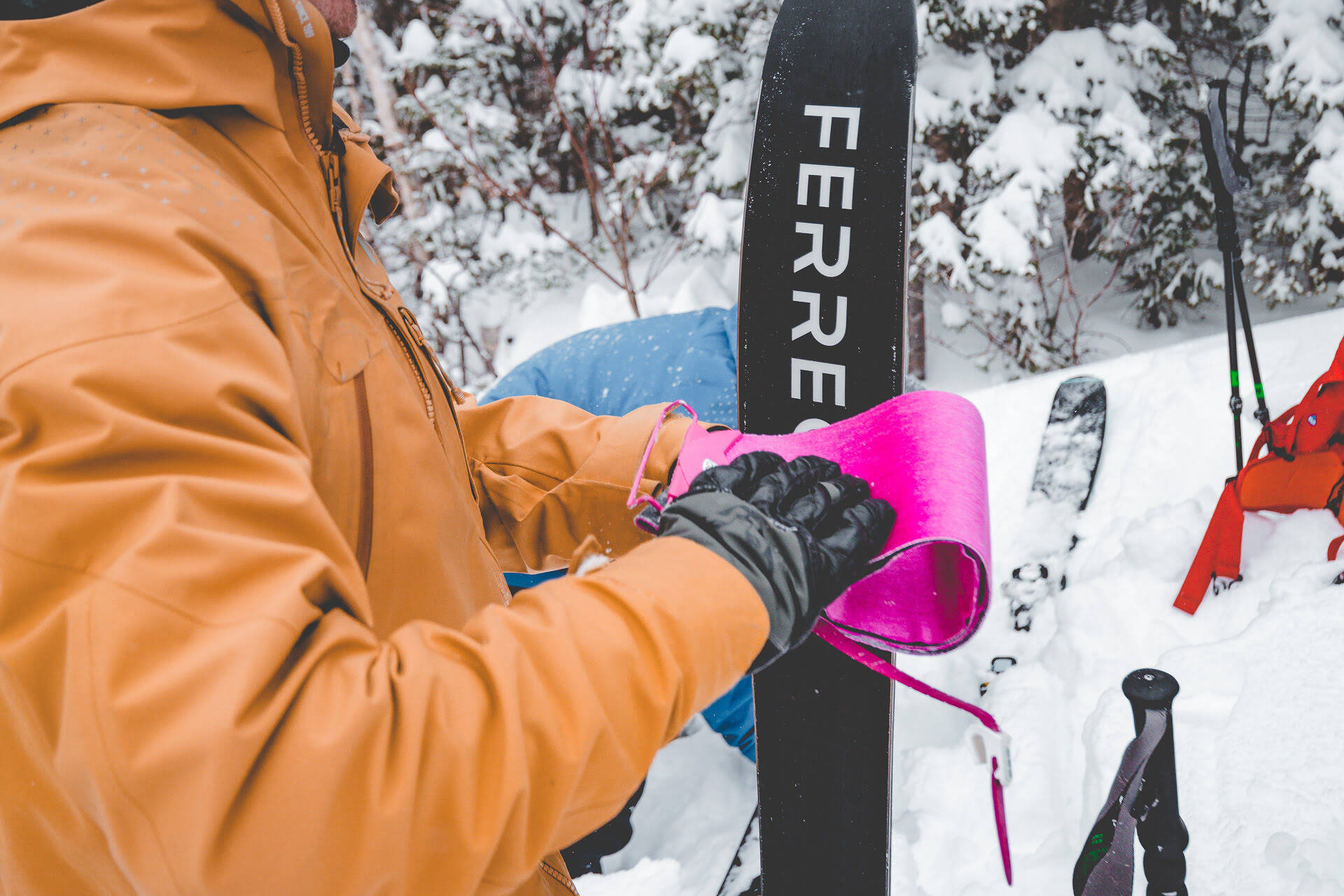
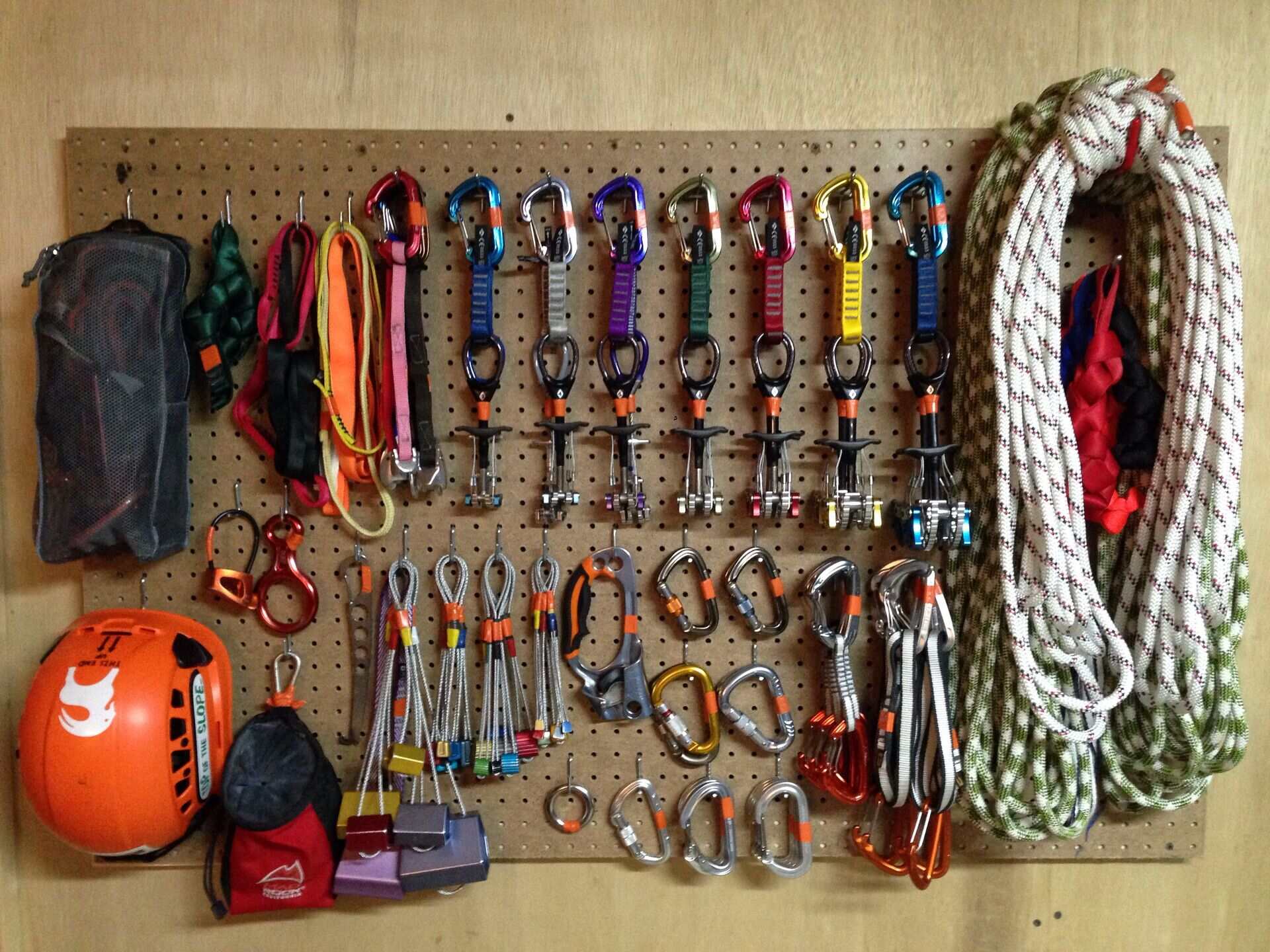
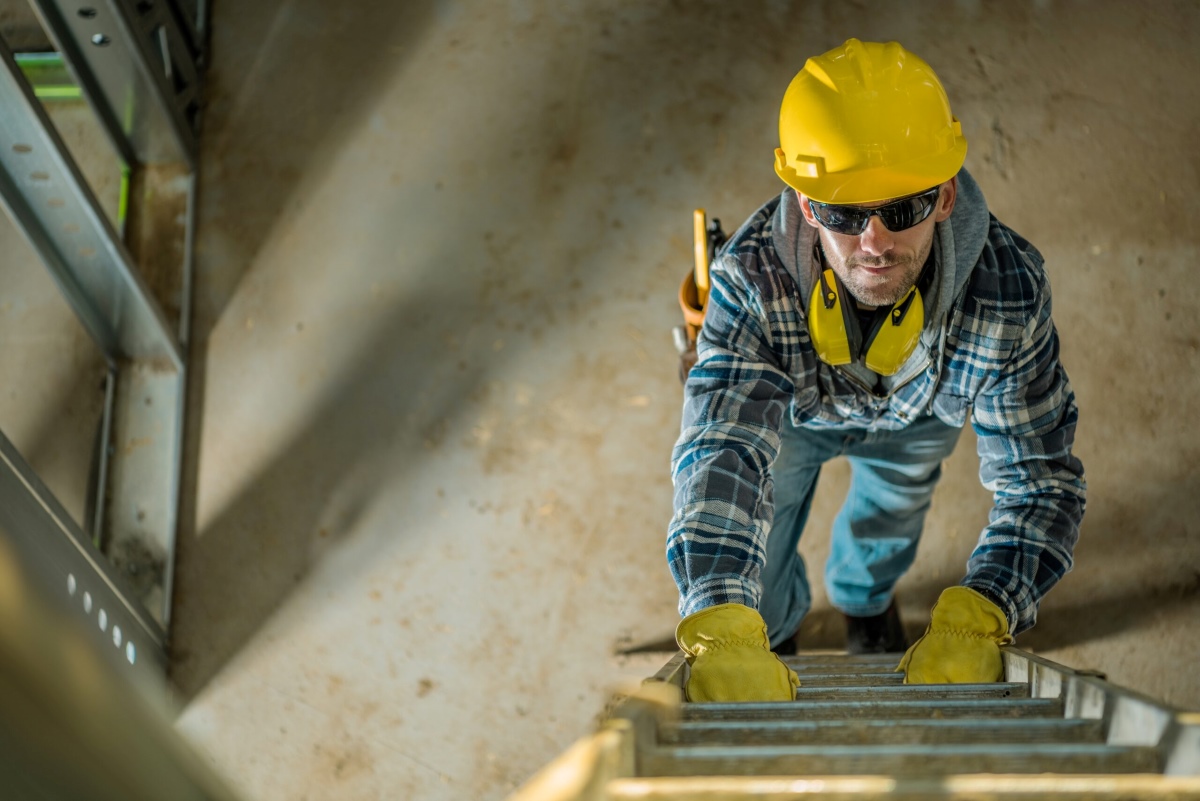
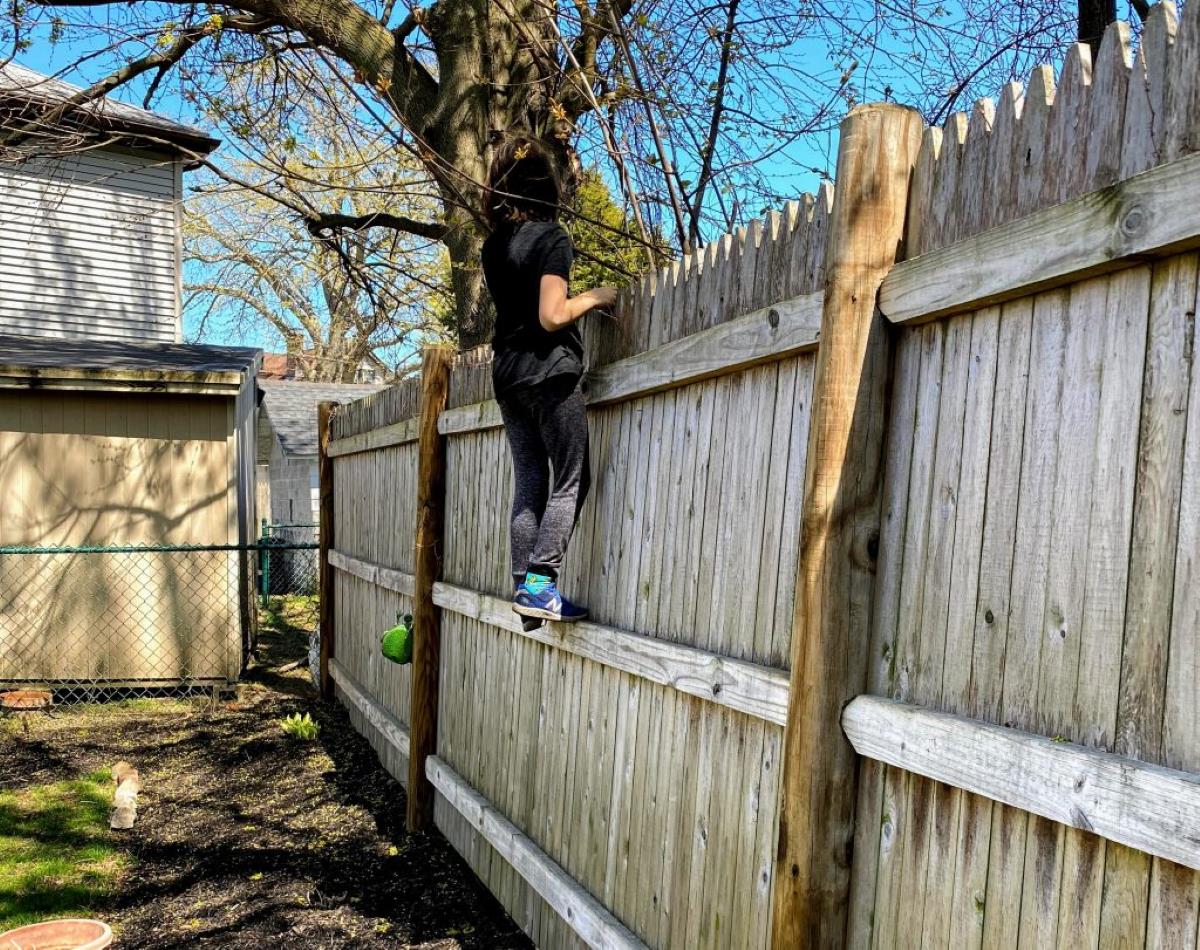
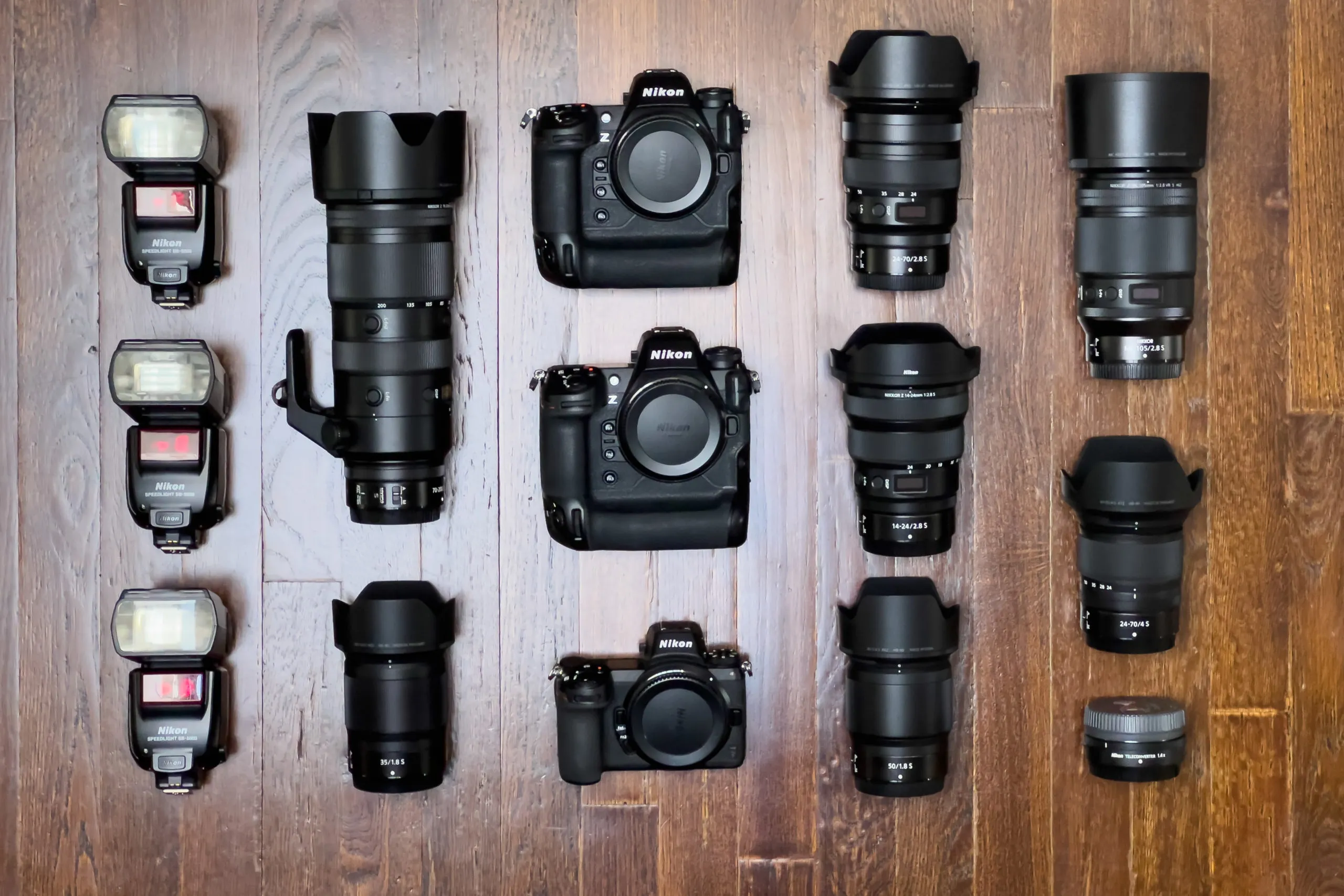
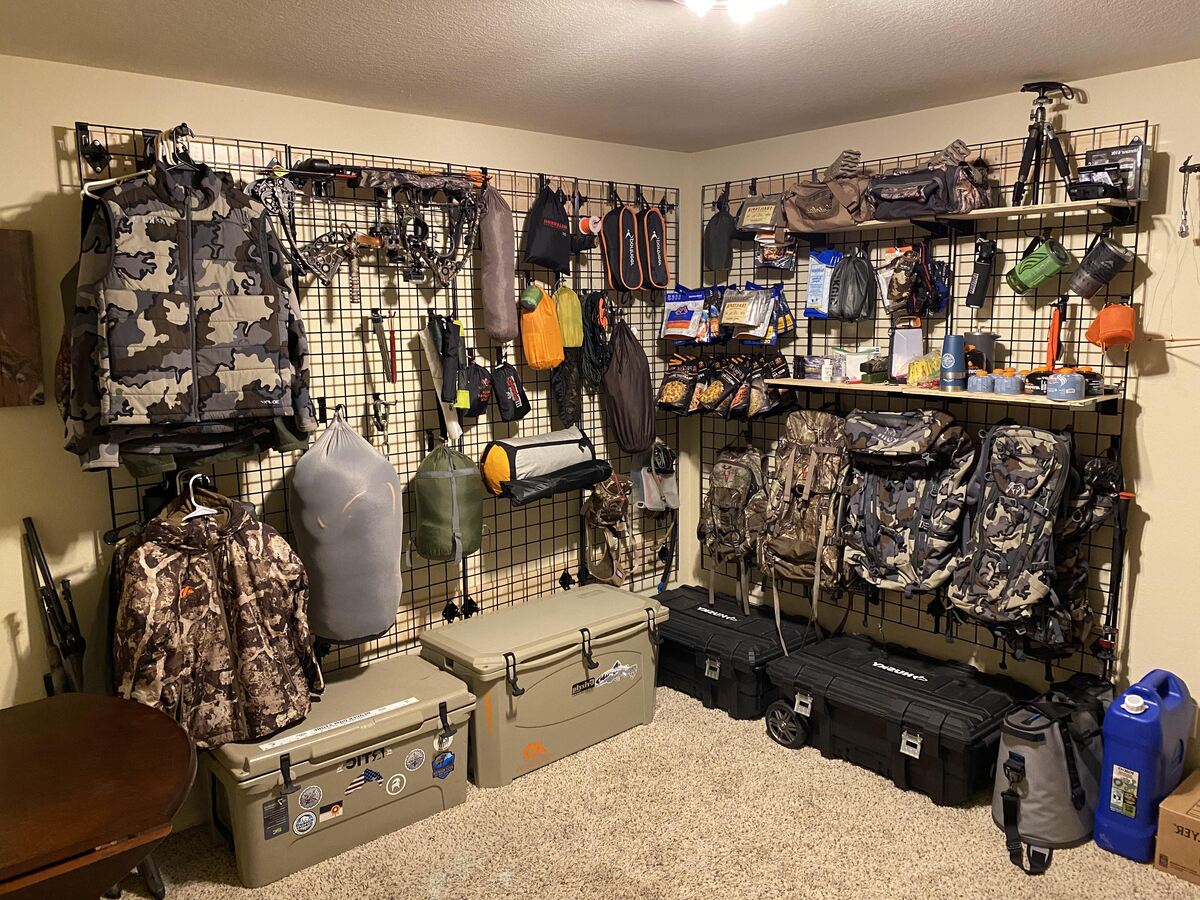
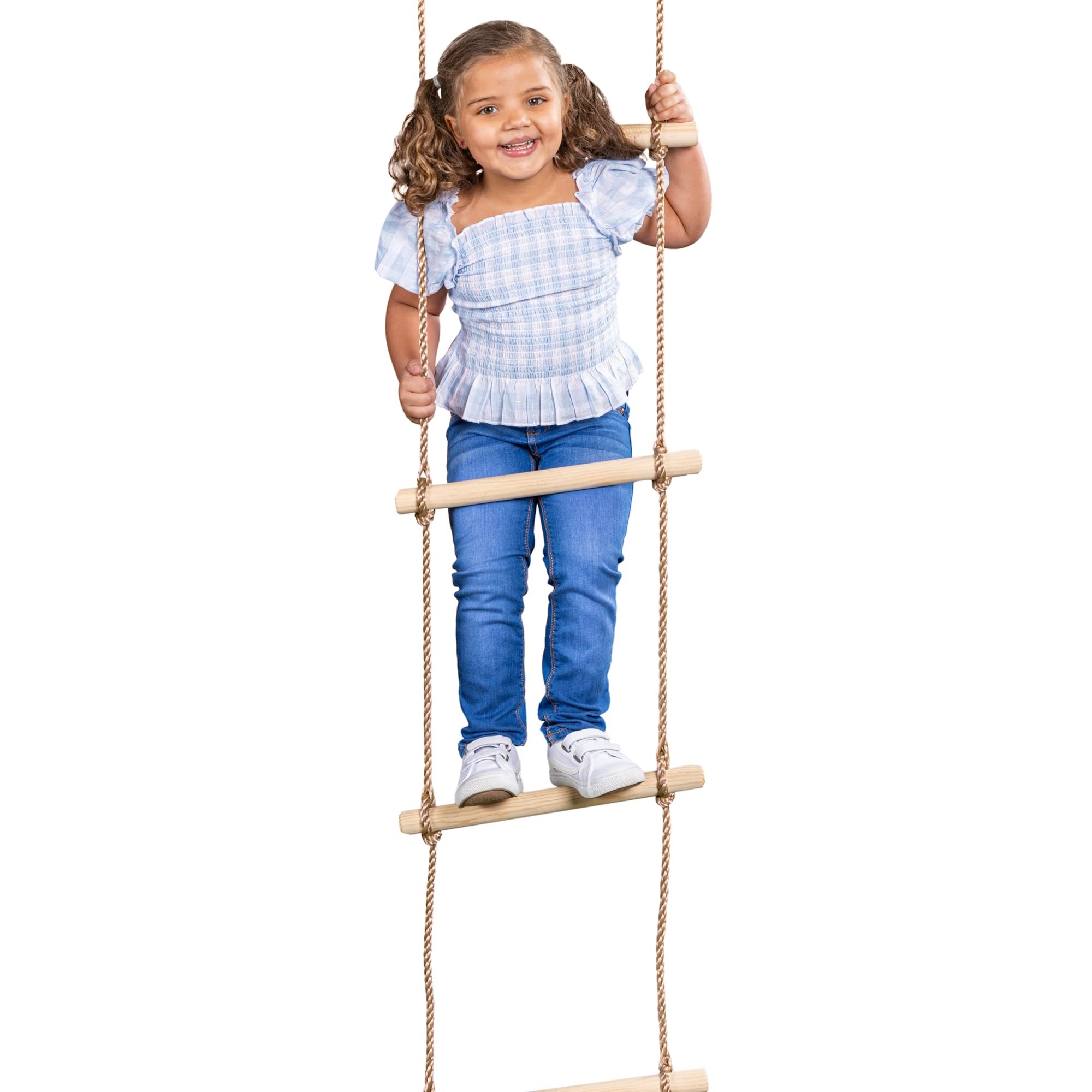
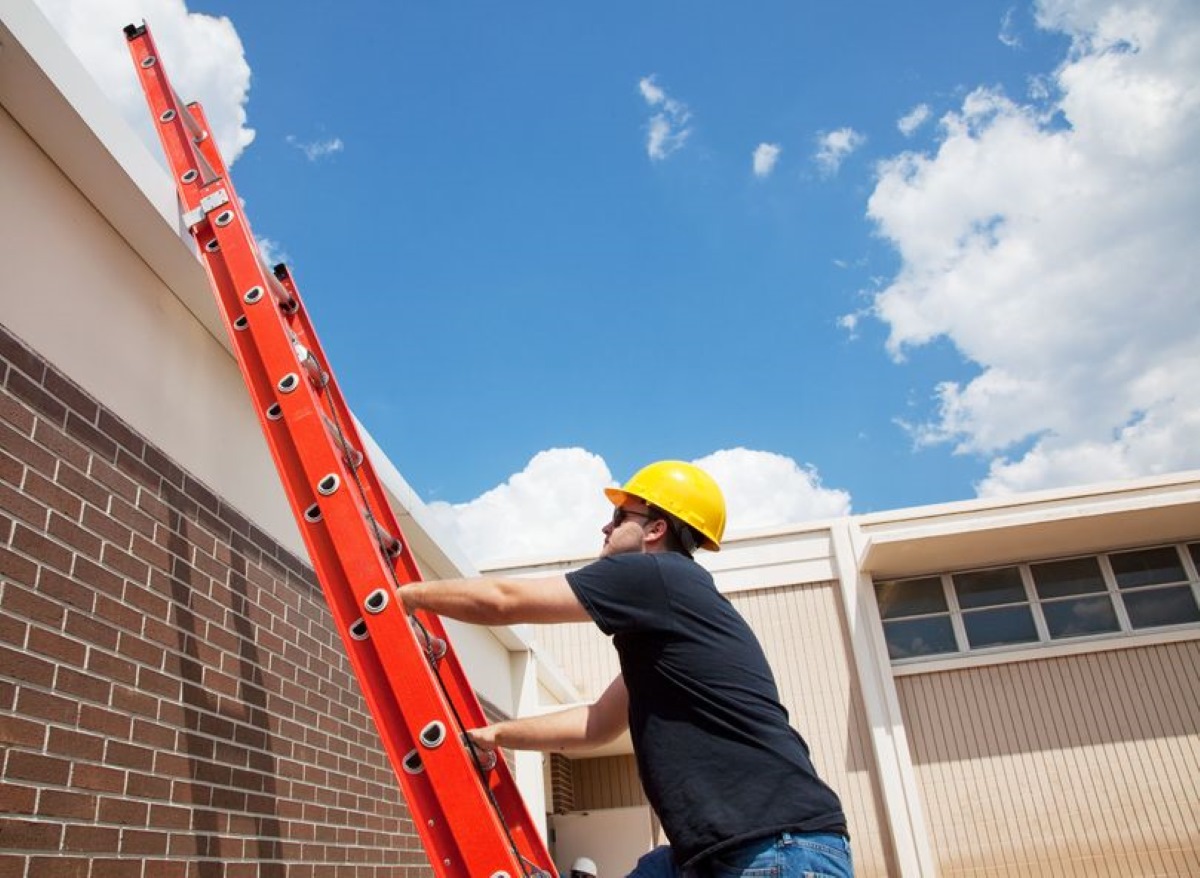
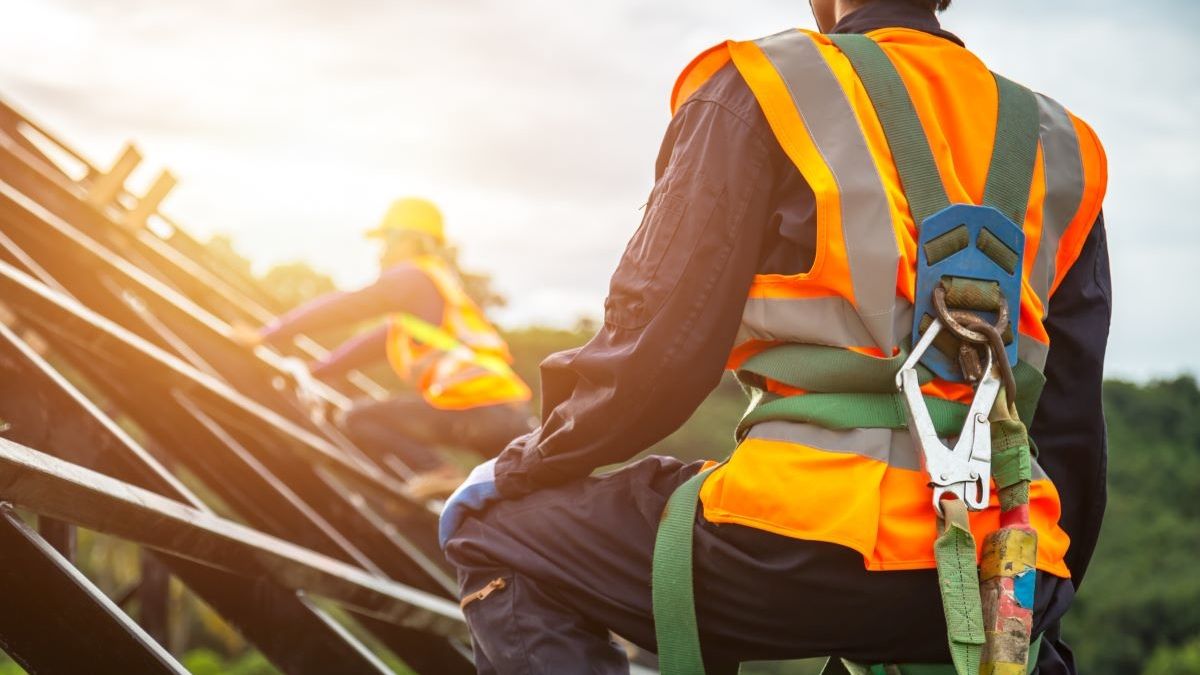
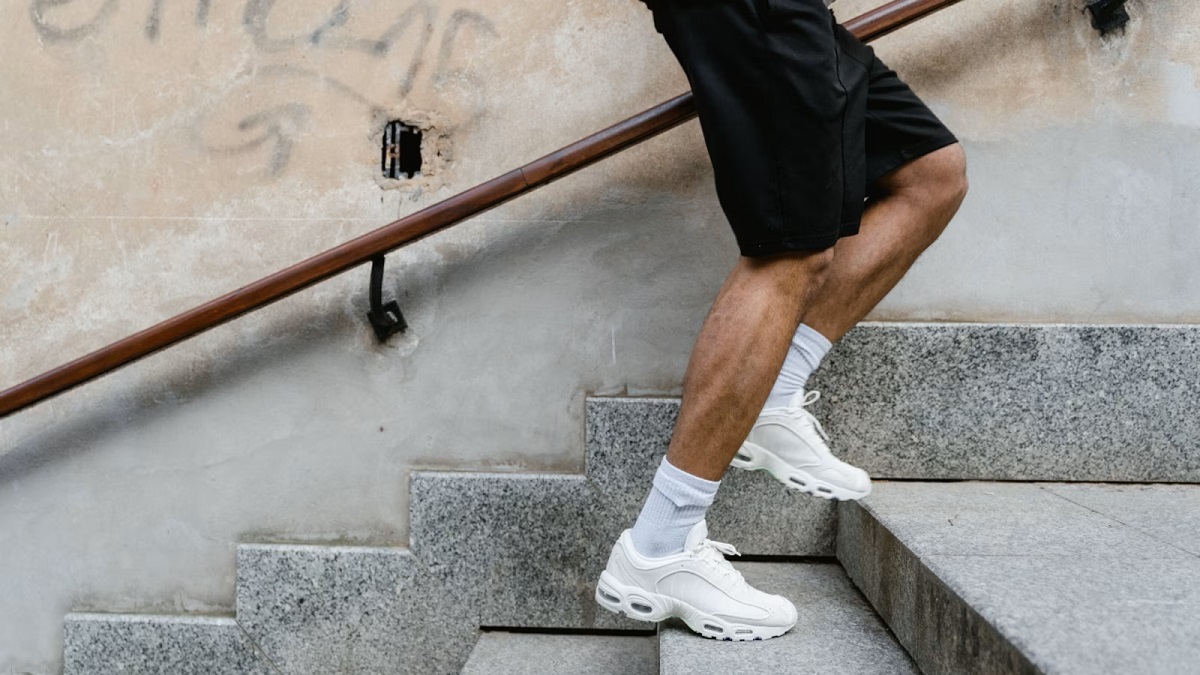
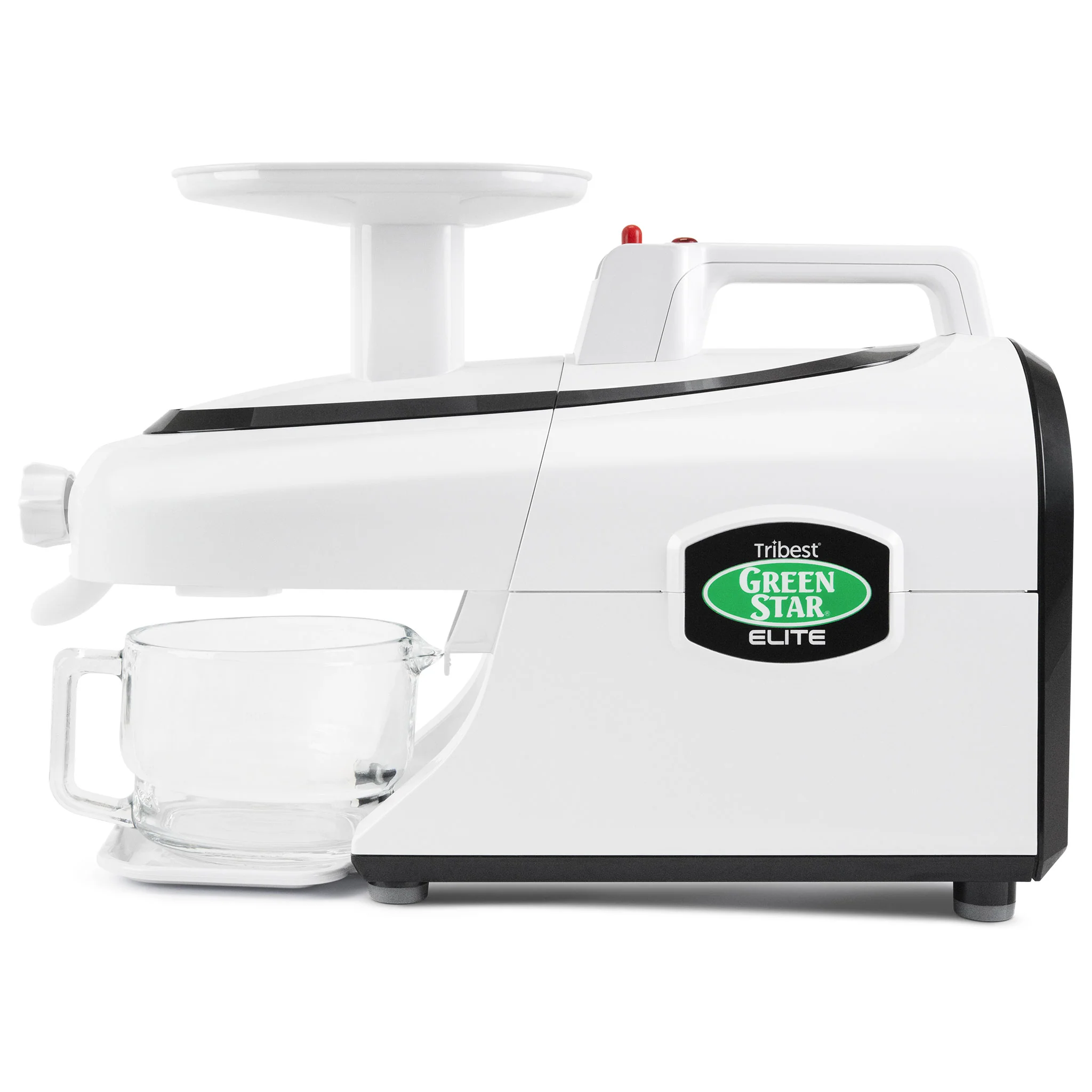
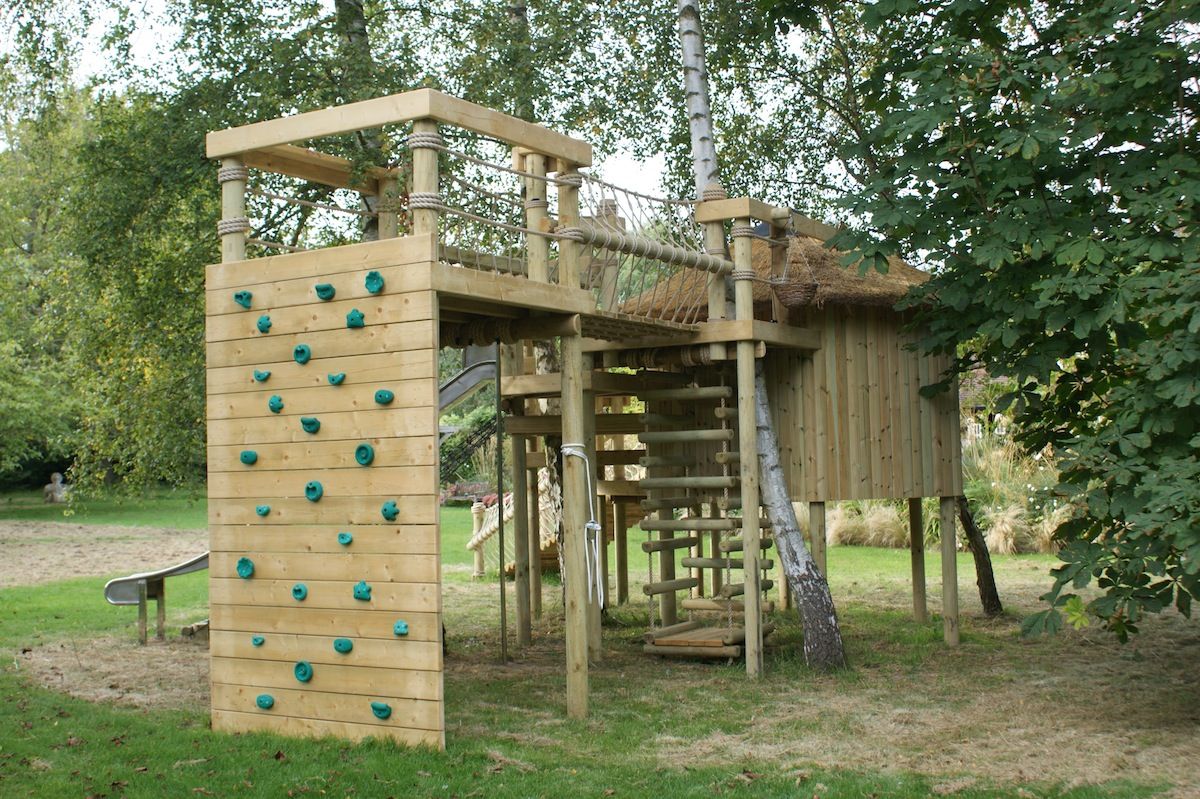

0 thoughts on “How To Store Climbing Gear”